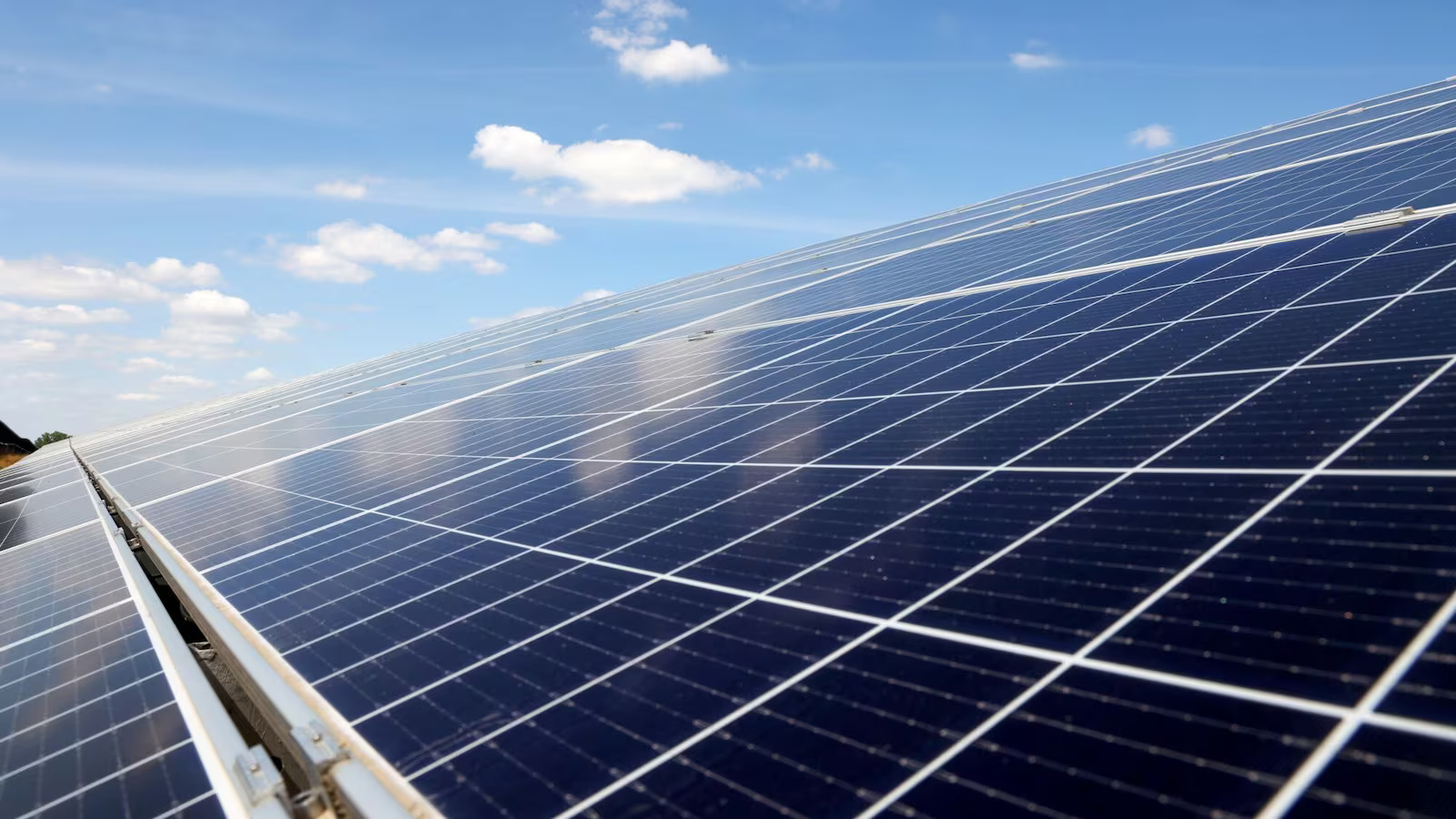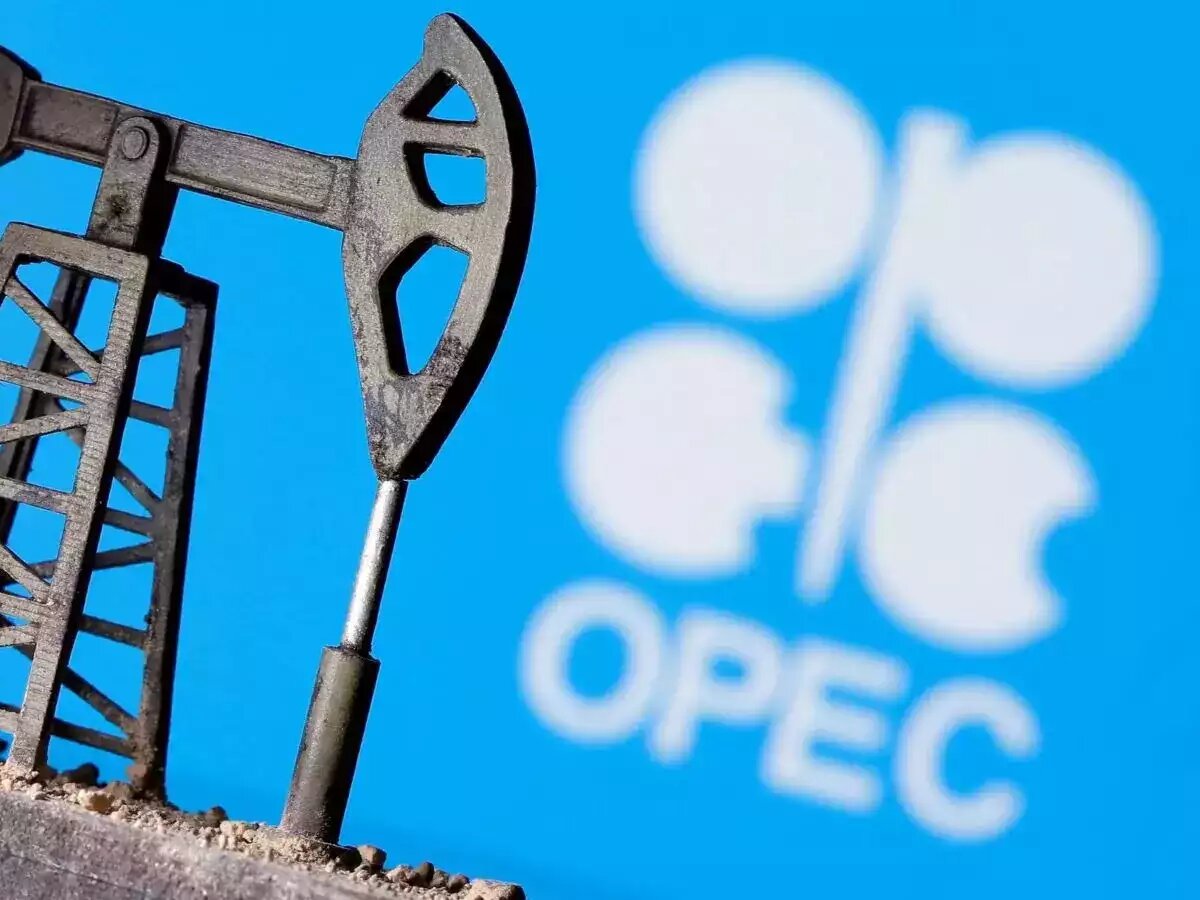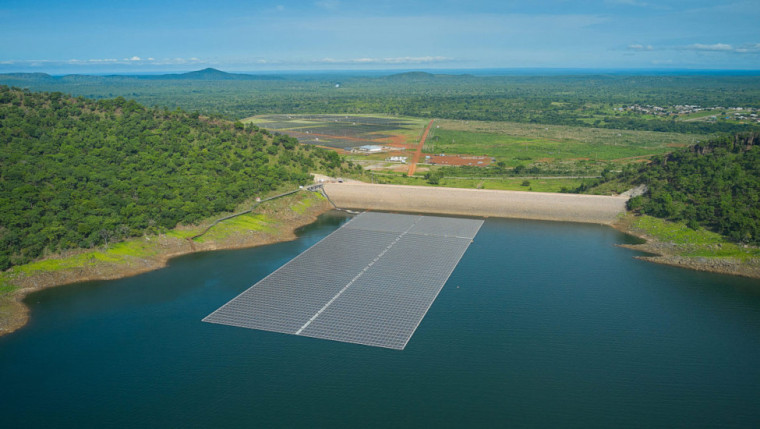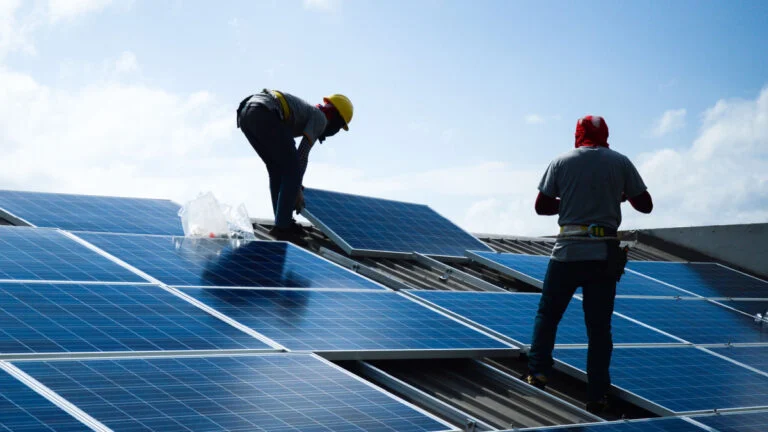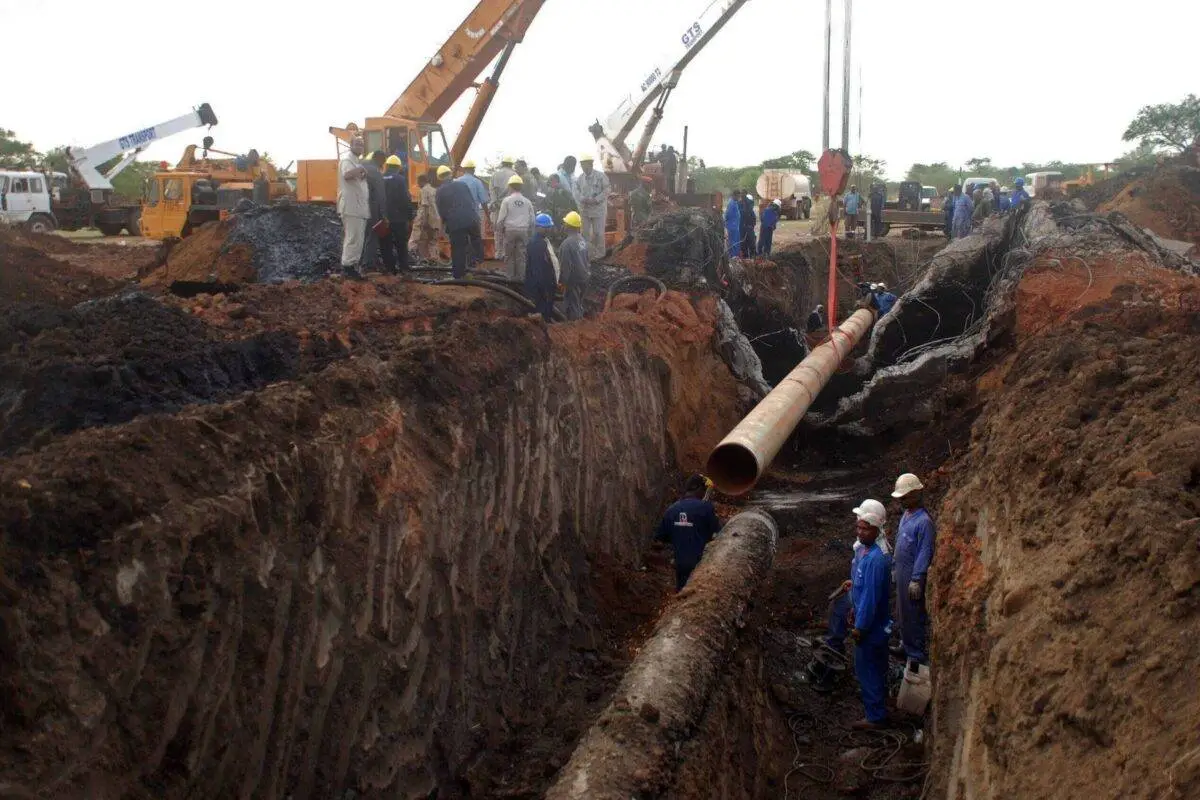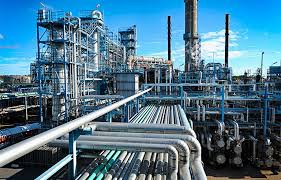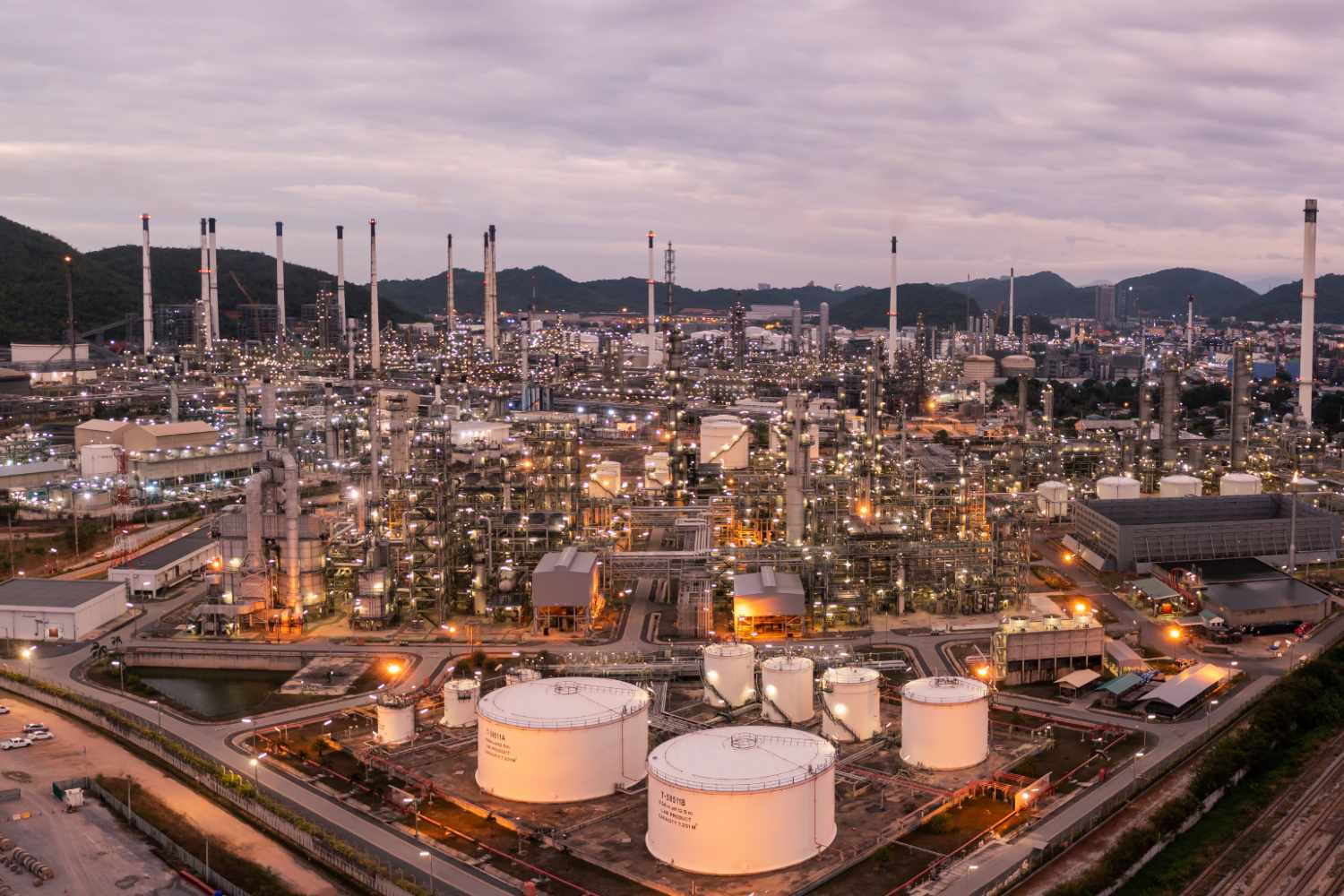Generation

Qatar to see sharp economic upturn from 2026 underpinned by LNG production boost
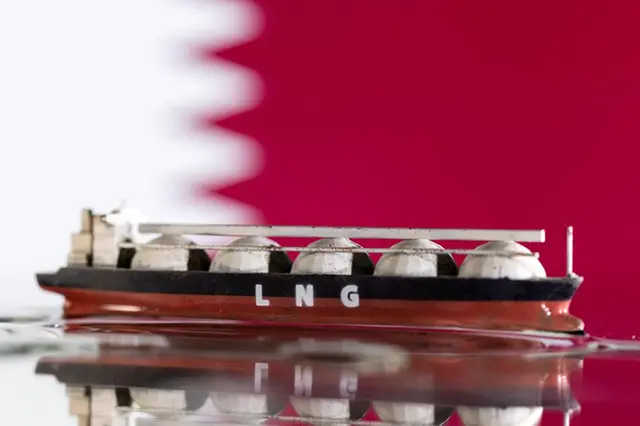
A view of the Ras Laffan Industrial City, Qatar's principal site for production of liquefied natural gas and gas-to-liquids. fDi Intelligence notes that the World Bank expects a sharp economic upturn beginning in 2026 in Qatar, driven by rising hydrocarbon revenues, with GDP growth forecast to reach 5.4%, followed by 7.6% in 2027.
Qatar is doubling down on gas production to secure its future, fDi Intelligence said and noted the country’s economic growth is to be sustained by natural gas, unlike other GCC countries.
“Rising global trade tensions and a darkening geopolitical landscape have done little to disrupt Qatar’s steady, if subdued, economic trajectory.
“But that subdued pace may soon give way, as the country enters the post-2022 FIFA World Cup era by doubling down on its natural gas riches to secure its future,” fDi Intelligence said in a recent report prepared by James King.
In contrast to its regional fossil fuel-exporting peers, Qatar is leaning into its energy advantage, which includes the world’s third-largest reserves of natural gas, to underwrite the long-term health of its public finances and economic security.
In particular, the authorities aim to nearly double total liquefied natural gas production over the next five years, a move that will sustain hydrocarbons’ significant role in the broader economy, while boosting growth over the medium to long term.
According to data from S&P Global Ratings, the hydrocarbon sector accounts for about 37% of nominal GDP in Qatar, which is higher than both the UAE at 25% and Saudi Arabia at 30%.
While Qatar’s bet on LNG promises strong growth in the coming years, it is having little impact on the country’s immediate outlook. For now, the domestic economy remains in a holding pattern.
The completion of World Cup–related infrastructure projects, combined with reduced government spending and stagnant LNG output, has slowed economic momentum in recent years, with GDP growth hovering in the low single digits since 2023.
The World Bank expects the economy to grow by 2.4% this year, supported in part by a steady non-hydrocarbon sector performance, which is forecast to outpace the broader economy at 3.3%.
fDi Intelligence noted that the World Bank expects a sharp economic upturn beginning in 2026, driven by rising hydrocarbon revenues, with GDP growth forecast to reach 5.4%, followed by 7.6% in 2027.
“This acceleration will be underpinned by a major increase in LNG production, set to rise from 77mn to 142mn tonnes per year, supported by massive investment in the North Field, the world’s largest natural gas deposit.
“As a result, the government aims to raise Qatar’s share of the global LNG market from around 20% to nearly 25%, according to research from Rice University’s Baker Institute,” fDi Intelligence pointed out.
Additional volumes are expected to start coming online from late 2025, with capacity scaling up incrementally through the end of the decade.
Amid global trade tensions, Qatar's bet on LNG appears largely insulated from rising tariff risks, thanks to US exemptions on fossil fuel imports and the fact that most of its LNG is exported to Asia.
“Yet Qatar’s strategy, which assumes sustained LNG demand over the coming decades, is not without risks.
For one, the looming possibility of a near-term global oversupply threatens to bring down prices. The International Energy Agency expects a “surplus of supply over demand until 2040”.
But Jim Krane, Diana Tamari Sabbagh fellow for energy studies at Rice University, says Qatar is well placed to endure this kind of problem.
“The forecast glut of LNG will likely materialise, but it won’t last forever,” he says. “Eventually the market should work out in the Qatar's favour, given the massive and super low-cost reserves they enjoy, and its central location between major markets.”
Other challenges also loom for Qatar’s long-term LNG ambitions, particularly as the world accelerates towards a low-carbon future, fDi Intelligence noted.
Doha is seeking to stay ahead of evolving attitudes and regulations towards hydrocarbons, including so-called transition fuels like natural gas, by positioning itself as a low-carbon producer.
State energy giant QatarEnergy aims to reduce the carbon intensity of its upstream LNG operations by 25% by 2035, and those of its LNG facilities by 35% over the same period, by boosting CCUS capacity targets, among other changes, fDi Intelligence pointed out.




